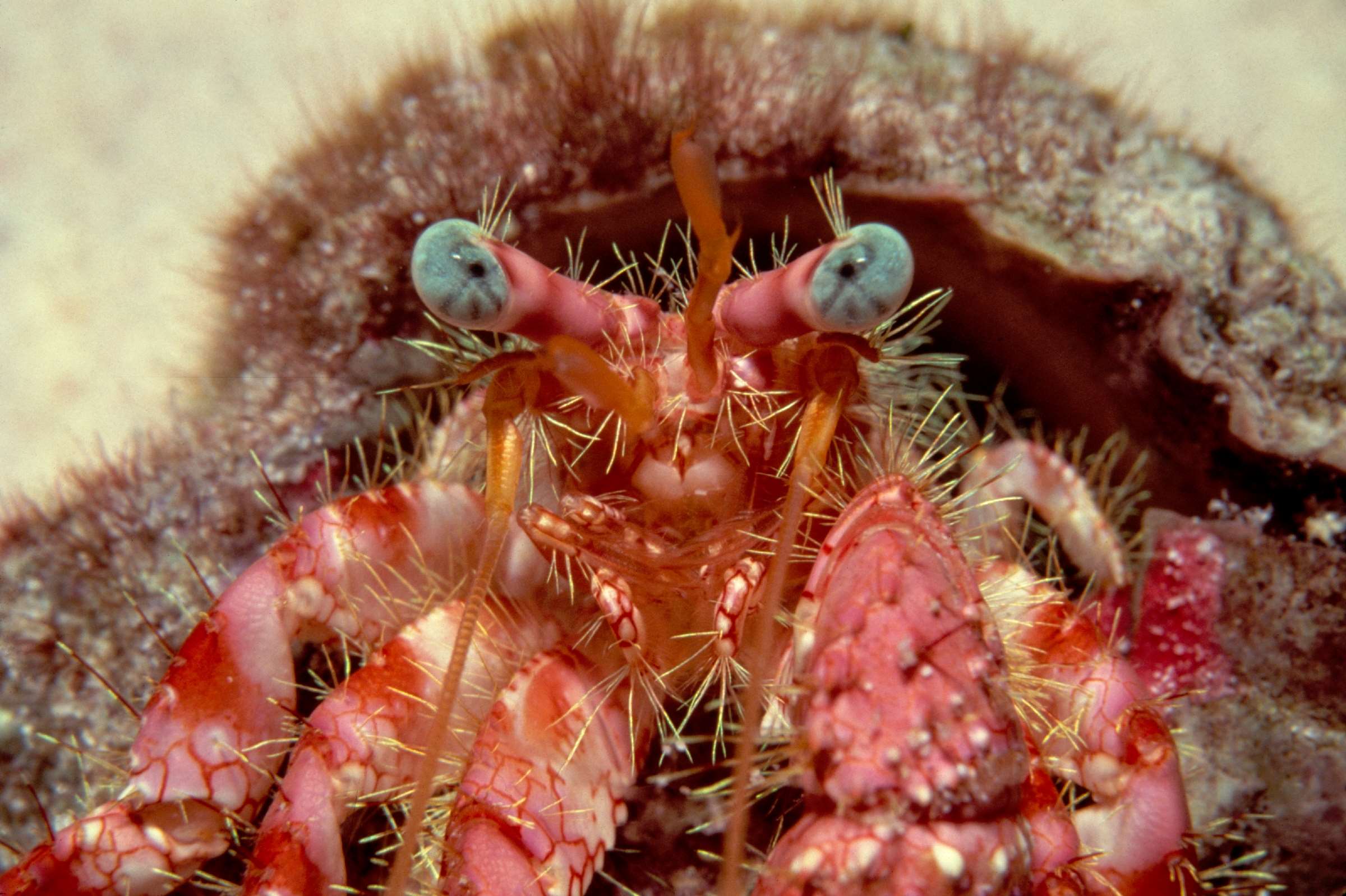
Story
Shrimp Week poetry from Aquarium staff
We invited our staff to write poems inspired by these crustacean sensations, and our team shrimply rose to the occasion and krilled it! Enjoy their submissions below.
Story
In corners and crevices of rocky outcroppings, peaceful pools of seawater teem with life just beneath the surface. Amazing animals such as purple sea urchins, ochre sea stars and giant green sea anemones all call this habitat home.
Here are our best tips to help keep you, your children and the tide pool animals safe and healthy.
You will undoubtedly encounter many amazing animals in Monterey's tide pools. Have a conversation with your children about how to care for these critters before heading off to explore.
Careful! It's best to take precautions in the rocky tide pool environment.
Be considerate of the environment when heading to the beach.
RELATED VIDEO
Tide pools are teeming with life. Hermit crabs, anemones and more make their home in a tide pool's rocky crevices. Watch this video to meet animals that live in this coastal habitat.

The Monterey Bay coastline, including its tide pools, is part of Monterey Bay National Marine Sanctuary. The sanctuary protects the many marine habitats and plants and animals living along our coast.
Some activities that could harm the ocean's health, such as oil drilling, are prohibited. But many others, such as fishing, boating and exploring the coastline are allowed. Visiting the rocky shore can provide you and your children with an exciting look at ocean plants and animals in their native habitat.
Most importantly, tell others what you've learned and what you're doing to help the oceans. Conservation of the ocean starts with you.
Online courses
Do your kids love tide pooling? They’ll have even more fun making a tide pool in the living room. In our Tide Pool Scientist online course, students grades PreK–2 learn about animals and their habitats with a hands-on project!
Related
Story
We invited our staff to write poems inspired by these crustacean sensations, and our team shrimply rose to the occasion and krilled it! Enjoy their submissions below.
Story
Melissa Aguayo is building a future free from plastic pollution. She partners with the Aquarium on almost all ocean plastic legislation we work on.
Story
Join Aquarium biologists Tommy, Mackenzie, Alicia, and Ellen to learn more about the adaptations these incredible creatures use to survive the deep sea.
Story
Monterey Bay communities are adopting resolutions to cut back on single-use plastic.




